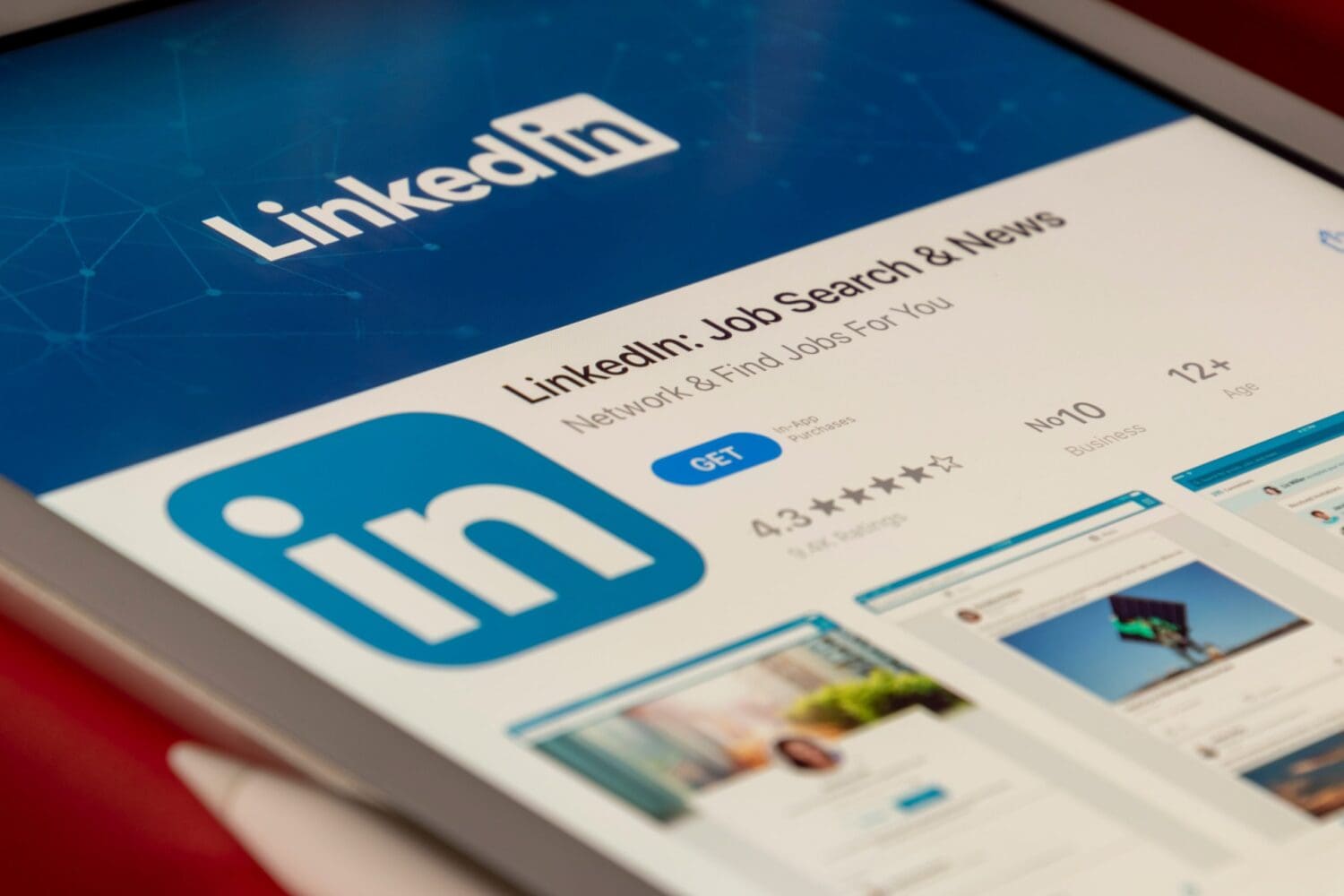Let’s shift gears: time to talk law firm CRM.
We’ve done a lot of posts on web and PR over the past few weeks. Now it’s time to talk about where the rubber hits the road: law firm CRM. Before I get into specifics over my next few blogs, this piece is about the need to understand the direction of travel of the industry you’re operating in as a context for conversations with your clients. The need for an eye on the big picture.
In ancient times, I used to work in an industry that has now been almost eradicated by machine learning, AI and the sheer slog of humans: the translation industry. With instantaneous translation now available for free online, it’s amazing to think that only 20 years ago interactions that would now take seconds would then have taken hours, days even.
You’d probably expect the world of foreign languages to be full of exotic travel and engaging with people from far-flung realms of the globe. I suppose visiting a 21-storey tower block in the middle of Croydon’s Whitgift centre for some would represent an exotic journey. Not to mention the daily delight of dealing with my colleague in Seoul who simply refused to do his job!
But, really, we were a happy, youthful, well-educated, poorly paid bunch and we were happy. In total, we were probably 24 project managers and 15 in DTP interpreting, translating, repackaging all manner of materials for consumption in Bolivia, Sweden and China. Or at least in those countries’ equivalents of Croydon.
A life in the engineering sector
The team I led looked after clients in the engineering sector. Our clients were multinationals and behemoths like ABB, ERF, GM, Filtrona (now Essentra) and the like. Aged 23, I was in charge of around £4m of accounts. During my time there, we landed a contract once that was 4m on its own. That was a lot of words that needed translating. And this was 1997, so that was when £4m was a lot of money.
We worked at the largest translation business in the world, a listed entity. A strong position with the world’s leading freelance translators. What could possibly happen that would unseat us? We’d developed a world-class piece of translation software but it was the equivalent of Henry Ford’s competitor giving his coachman a bigger whip: it was the wrong tech.
The inflexion point
I remember the furore when I had to buy a rival’s software (called Trados, now part of SDL Trados) to work on a piece of work for a major Swedish manufacturer’s work. Even at the time, I knew it was the beginning of the end. The nightmare of using what was essentially the open source version of a software (as far as the translators were concerned, it was open sourced, the agencies paid to use it) rather than our own bespoke software. It’s like the moment when you first used Facebook after being on MySpace or Friends Reunited. You knew in an instant that you’d moved on, never to return.
The company died within maybe a couple of years of that, stood on a burning platform that it had not done enough about.
Anyway, I mention this because, for 18 years now, I’ve not really thought too much about the translation industry. I couldn’t tell you what the latest vogues were, or where money was to be made (if any) from localising people’s content. I moved on.
What are the key learnings from working in the translating sector?
At least five lessons stand with me until today from the translation industry’s transformation in the late 1990s:
- The opportunities were there for the established players, they just needed grasping. Not tentatively, but fully, with confidence and some financial backing;
- The winners in the new economic model were not the major players in the prior one with maybe one or two exceptions: SDL was a company I always admired for keeping an eye on the need for evolution;
- Technology that destroys your model can come out of nowhere. Walk a mile in a tech startup’s shoes and ask yourself this: how hard is it for them to digitise or commoditise something you currently charge for at a premium price? If the answer is only cash/labour/time then consider that someone is going to do it soon as long as the prize is big enough. This is already happening in the legal sector;
- Get to know your threats. Keep on top of the startups, JV with them, buy them, litigate with them. Whatever your chosen strategy, you’d better understand which parts of your business they are luring away. If you insist on building your own, then there are a whole load of things to consider that will take up another blog post.
- You cannot stop an idea whose time has come. Ask Kodak (who owned the patent to digital cameras), or Nokia (who dominated the world’s handset sales market and a mere 2 years later were nobodies and now where in a smartphone world).
What does this mean for the legal sector?
The lessons I learned about managing relationships in a shifting and challenging market have stood me in good stead for a long time in the legal sector (and they certainly made me a better PR because I wanted our communications to lead to instructions). I tell you this: CRM isn’t easy. Winning new business never is. But doing law firm CRM no matter how hard the messages you have to hear is better than not doing it. Winning business from existing clients should be easier than for new clients. So why do law firms put so much effort into winning shiny new clients and invest their time in CRM so poorly in comparison?
I’m going to explore that topic, along with a lot of other CRM topics over coming weeks because I think it’s where I can help a lot of ambitious firms like yours to make the biggest difference to their bottom line.
Let me know if you’d like to get to the front of the queue and have a coffee. Finally, thanks to Chris BarbalisÂfor the photo which you can find on Unsplash







